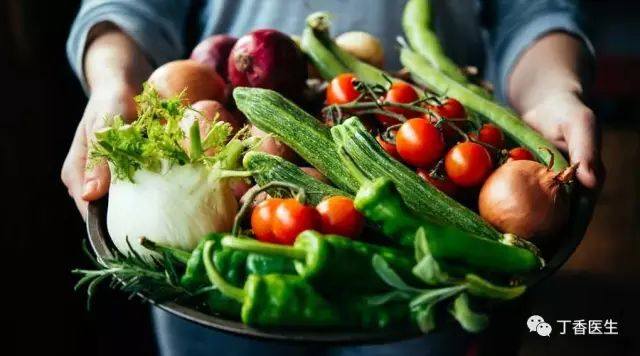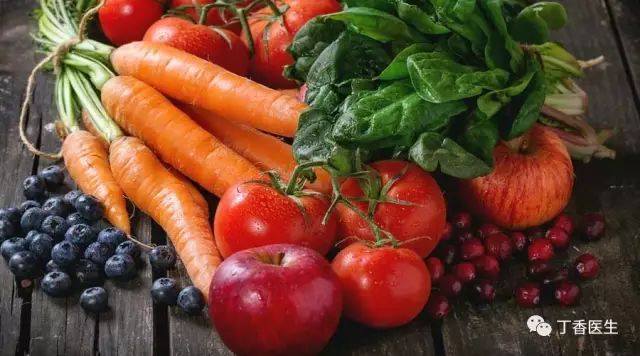
Every time we hear the word vegetable, it will automatically default to green vegetables such as green vegetables, pakchoi, lettuce, etc.
Think carefully… clearly there are many vegetables of other colors!
As a result, many people came and asked:
Is the nutritional value of various vegetables different?
Whether it is good or not is not a matter of one sentence. Please ask professionals to talk about the specific problems.
Vegetables of different colors have different nutritional values?

Yes! Moreover, each has its own advantages, such as-
Step 1 Green
Representative vegetables: spinach, celery, broccoli, etc.
Nutritional value: Rich in vitamin C, carotenoids, iron, selenium and other trace elements, it is also the main source of dietary fiber and helps to lose weight.
2. Orange/Orange/Red
On behalf of vegetables: pumpkin, carrot, tomato, etc.
Nutritional value: Rich in carotene and vitamin C, yellow vegetables are also conducive to stimulating appetite, improving night blindness, relieving rough skin and strengthening bones.
3. Purple
On behalf of vegetables: purple cabbage, purple onion.
Nutritional value: Rich in anthocyanins, it is helpful to prevent cardiovascular and cerebrovascular diseases and improve the body’s immunity.
4. White
Representative vegetables: white radish, lotus root, garlic, cauliflower, etc.
Nutritional value: It is rich in dietary fiber, potassium, magnesium and other trace elements, which is conducive to improving immunity and protecting heart.
Eat vegetables, [lust] is right

The latest edition of the Dietary Guidelines for Residents in 2016 proposes that 300-500g of vegetables are recommended to be consumed every day.
For the first time, it is proposed that dark vegetables should account for half, because the nutritional value of dark vegetables is higher than that of light vegetables.
As for how to identify dark vegetables, I will teach you a simple and crude method: looking at the dark color is dark vegetables. (Please automatically exclude eggplant, cucumber and other light-colored vegetables with dark coats here.)
Vegetables of different colors contain different nutrients. In order to have a comprehensive nutrition intake, vegetables of various colors are served a little.
To be healthier, you have to eat like this…

Healthy food cannot be separated from healthy eating methods.
First of all, the recommended methods are steaming and boiling.
It is like cooking vegetables with oil, boiling water, refueling and putting vegetables. It is simple and delicious.
Other methods are not impossible, but there are some shortcomings, such as:
- Blanching and stewing: more lampblack and more loss of soluble nutrients (vitamin C, etc.); Stir-fry: If there is too much oil smoke, the taste will be bad if there is too little oil. Eat raw: It is difficult to eat enough and there are safety problems such as parasites. Frying: Not recommended, all the reasons are understood.
Four Common Mistakes in Eating Vegetables

Step 1 Replace vegetables with fruits
Although they all contain nutrients such as dietary fiber, minerals and vitamins, the types and quantities of nutrients contained are actually different.
It is best that fruits and vegetables do not replace each other.
2. There are always a few dishes to eat and eat.
Not to mention eating vegetables, you have to eat Chinese cabbage. If you want to have more comprehensive nutrition, you have to have more.
3. Worry about food problems and pesticide residues
The issue of food restriction has been repeated many times.
I just want to say that so far, there is no scientific basis to support the theory of food restriction, so don’t throw pots with unclean food and improper cooking methods to food restriction.
As for pesticide residues, there is no need to be so nervous. It is still an old saying that all acts of talking about toxicity without dosage are hooligans.
4. Are colored vegetables genetically modified?
Of course not.
Green is chlorophyll, yellow is carotene, red is lycopene, purple is anthocyanin, white is basically pigmented…
In short, they have nothing to do with GM.
